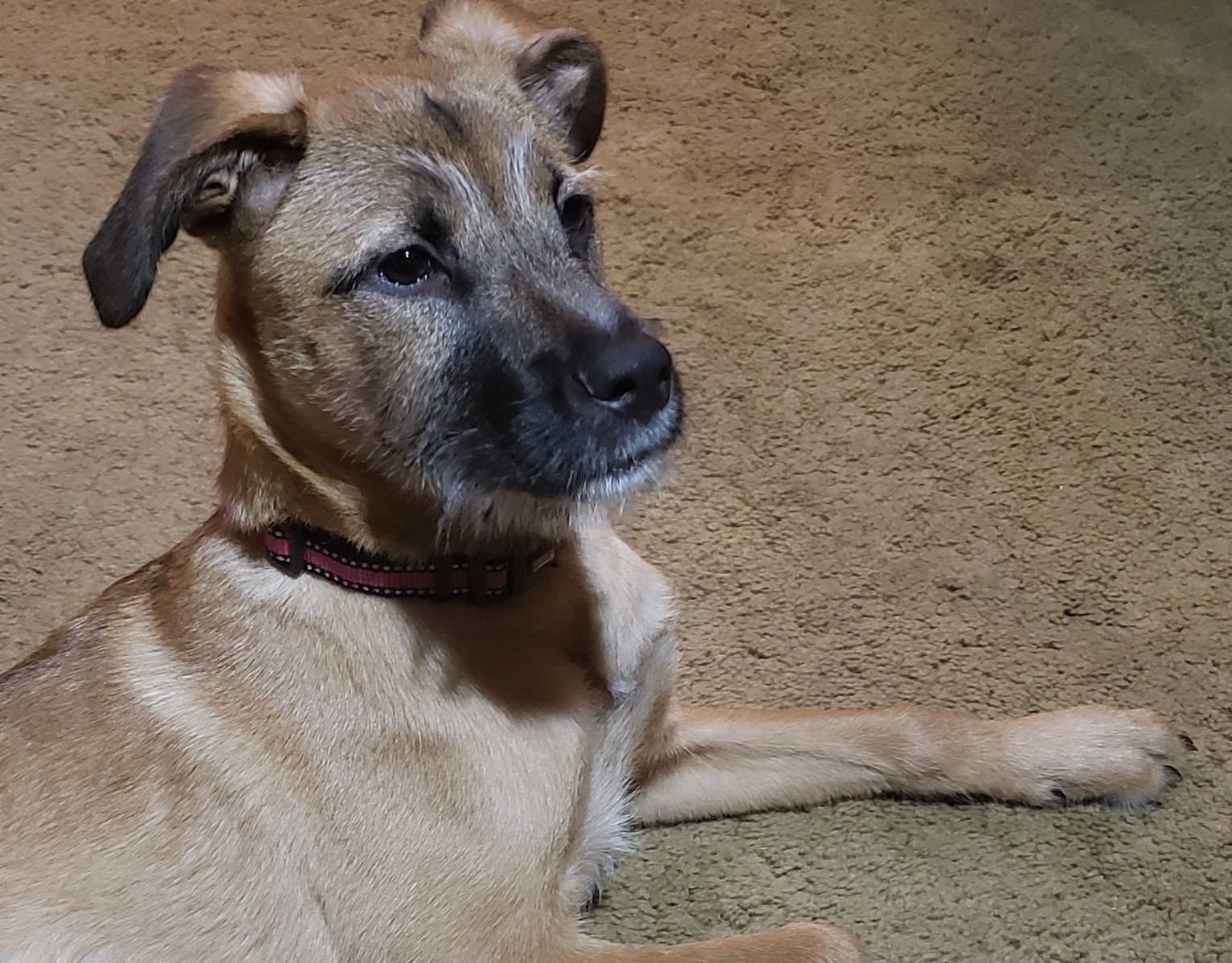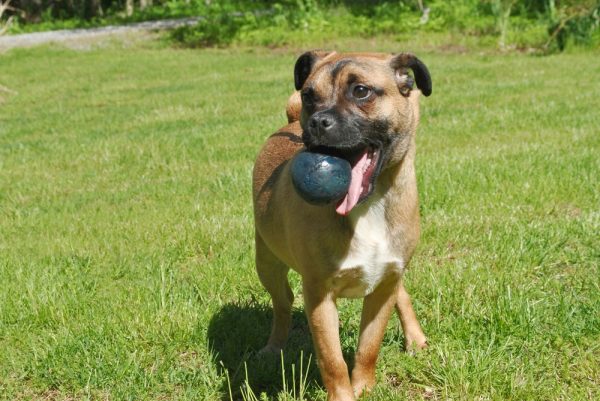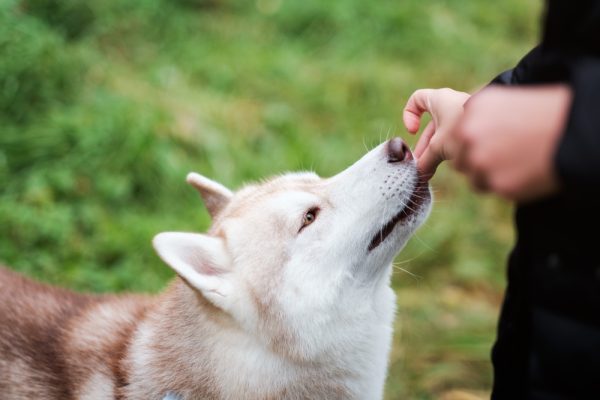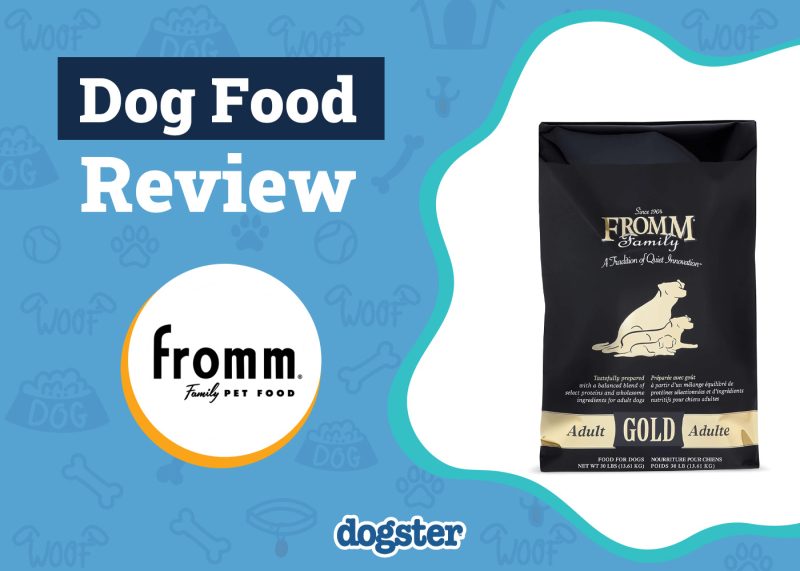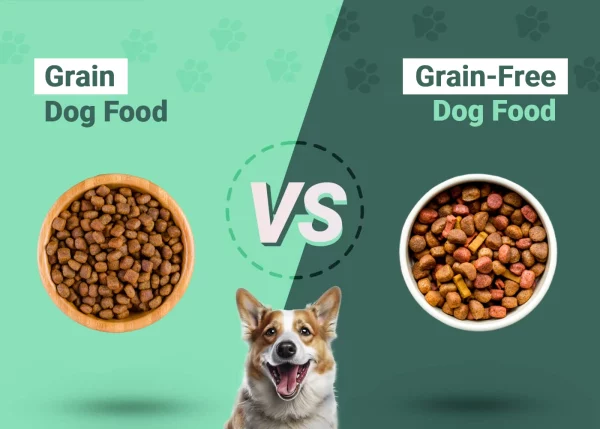In this article
View 8 More +Local to the Bahamas and Turks & Caicos Islands, the Bahamian Potcake dog is a mixed breed that developed from strays on the islands. Though the Bahama’s Kennel Club recognizes the Potcake as a breed, each island has distinct features that arose from the breeds that were brought to those islands in the past.
Potcakes still roam and scavenge all over the Caribbean Islands, but deliberate rescue efforts have brought Potcakes to North America and other parts of the world. These dogs proved remarkably resilient, adapting to homes in different climates and with children, cats, and other dogs. If you’re thinking about bringing home a Potcake, here’s everything you need to know.
Breed Overview
Height:
22 – 24 inches
Weight:
45 – 55 pounds
Lifespan:
12 – 15 years
Colors:
Black, brown, white, tan, mixed coats
Suitable for:
Laid-back owners, families, owners looking for companions, service work
Temperament:
Adaptable, loyal, mellow, resilient
The name “Potcake” comes from the traditional local dish of seasoned rice and pigeon peas, which stick to the bottom of the pot to form a “pot cake.” This dish is so common that the leftovers are often fed to street dogs, leading the mixed breed to be nicknamed the “Potcake Dog.”
After evolving on the street, Potcakes are intelligent, loyal, calm, and adaptable. They survive on leftovers and food found in the garbage, so they have much hardier stomachs than other dog breeds. Though they’re often described as “shepherd-like” in looks, they can have a range of coat colors and textures and floppy or erect ears. The looks of the Potcake vary by the island and the dog breeds that make up its lineage.
Bahamian Potcake Characteristics

Bahamian Potcake Puppies
Bahamian Potcake dogs are overpopulated on the Caribbean Islands. The current estimate is 11,000 stray dogs in New Providence alone, so there aren’t organized breeding efforts. Potcakes in North America and other parts of the world arrive there through rescue organizations that ship or airlift the dogs out of the islands, give them vet care, and adopt them out.
Despite spay-and-neuter programs, Bahamian Potcakes still produce litters that rescue organizations try to pull out for adoption, but it can still be difficult to acquire a Potcake puppy. It’s more common to see juvenile or adult Potcake dogs in shelters.

Temperament & Intelligence of the Bahamian Potcake
After surviving on the street instead of selective breeding, the Bahamian Potcake has “street smarts,” loyalty, and a will to survive. These dogs are often companions to the homeless on the islands and are used to interacting with a lot of tourists, so they’re generally not skittish or aggressive. As rescues, Potcake dogs have been successfully rehomed with all types of owners and climates, from single owners to families with kids and other pets.
Are These Dogs Good for Families? 👪
Bahamian Potcakes are ideal for families. They’re laid back and agreeable, making them the perfect choice for homes with children. They’re happy to play with children and tolerate them, but kids of all ages should be taught to play appropriately. It’s important to supervise interactions between dogs and children, however, to avoid accidental injury.
Does This Breed Get Along With Other Pets?
Bahamian Potcakes are used to other pets and wildlife on the islands, and when they’re rescued, they’re exposed to new people and pets. They get along with other dogs and cats in general, but a meet and greet is always a good choice. Some of these dogs may have a prey drive that can encourage them to chase cats and small animals.

Things to Know When Owning a Bahamian Potcake
Potcakes are unique dogs with some specific requirements. Here’s everything you need to know about owning one.
Food & Diet Requirements 🦴
Potcake dogs have hardy stomachs and can tolerate a lot of foods that other dogs can’t, including a lot of table food, but they still need a high-quality diet that suits their life stage and energy levels. They’re food-motivated dogs that will work hard for treats. Be careful not to overfeed Potcakes, as they can become obese and suffer health problems. Check with your vet about your dog’s body condition and diet.
Exercise 🐕
Potcakes are moderately active but tend to take on the tone of their home. They’ll be couch-potatoes if their owners are, but they’re ready for playtime or a brisk walk. Younger Potcakes will need more activity than older ones to relieve excess energy and avoid boredom. Exceptionally athletic Potcakes may be successful in canine competitions.
Training 🎾
Bahamian Potcakes are smart and have a desire to please. They’re easy to train with positive reinforcement and non-aversive methods. The biggest challenge with a Potcake is the desire to roam, which comes from living on the street. These dogs may not be off-leash reliable and should have a fenced-in yard or leashed walks to ensure they don’t wander off.
Grooming ✂️
Potcakes come in different varieties depending on the breeds that contributed to their lineage, but smooth coats without an undercoat are the most common. These dogs are easy to groom and only require occasional brushing and baths. If you have a Potcake with a thicker coat, you may need to brush them more often. Otherwise, the Potcake will need their nails trimmed and their ears cleaned regularly.
- See Also: Best Dog Shampoos – Reviews & Top Picks
Health and Conditions 🏥
Potcake dogs have no known genetic health conditions, as they are strays that evolved to be resilient. These dogs are unvaccinated and come into rescues with parasites and diseases, which are treated, but they are resistant to some conditions that would impact other companion dogs. Still, the Potcake can be prone to common health conditions that affect all dogs and need regular veterinary care.
- External parasites
- Skin allergies
- Bloat
- Parasite infestation
- Bacterial, fungal, and viral infections
- Organ conditions

Male vs Female
A male vs female Potcake dog is a matter of personal preference. There are no notable differences between the sexes, though the males may be a little larger than the females. Spaying or neutering your dog can prevent many behavioral problems related to sex hormones, such as roaming, excessive barking, or whining. This is also crucial to prevent health conditions that affect the reproductive organs, such as infections and cancer.

3 Little-Known Facts About the Bahamian Potcake
Though Bahamian Potcakes can vary by the island and the genetic influences, they’re all believed to share a common ancestry. The residents of Turks and Caicos were originally from neighboring islands, so Potcakes likely arose from the dogs brought by the Arawak, the terriers that arrived on colonial ships, and the Carolina Dogs brought during the American Revolutionary War period.
2. DNA Tests Reveal No Primitive Breeds
The Potcakes DNA testing only goes back to the imported dog breeds from recent centuries. There’s no remnants of early dog DNA in existing Potcakes, only the contributions from the imported dog breeds.
3. They Have Unique Looks
Potcakes are described as “shepherd mix” dogs, but they can look different depending on the island. They may resemble a pariah dog or show traits of mastiffs, hounds, spaniels, terriers, or retrievers. Typically, they have smooth coats, a long face, and pointed and cocked ears. The size is consistent, however, with most Potcakes around 24 inches tall and 45 to 55 pounds.


Final Thoughts
The Bahamian Potcake is a common street dog in the Caribbean Islands, though recent efforts from humane societies and rescue groups have brought the Bahamian Potcakes into homes all over the world. There’s a lot to love about these dogs, including their incredible adaptability that makes them ideal for many owners.
- Might Also Interest You: New Guinea Singing Dog: Info, Pictures, Facts, & Traits
Featured Image Credit: Royal Bahamian Potcake dog (Denise Stepp, Wikimedia Commons CC SA 4.0 International)
